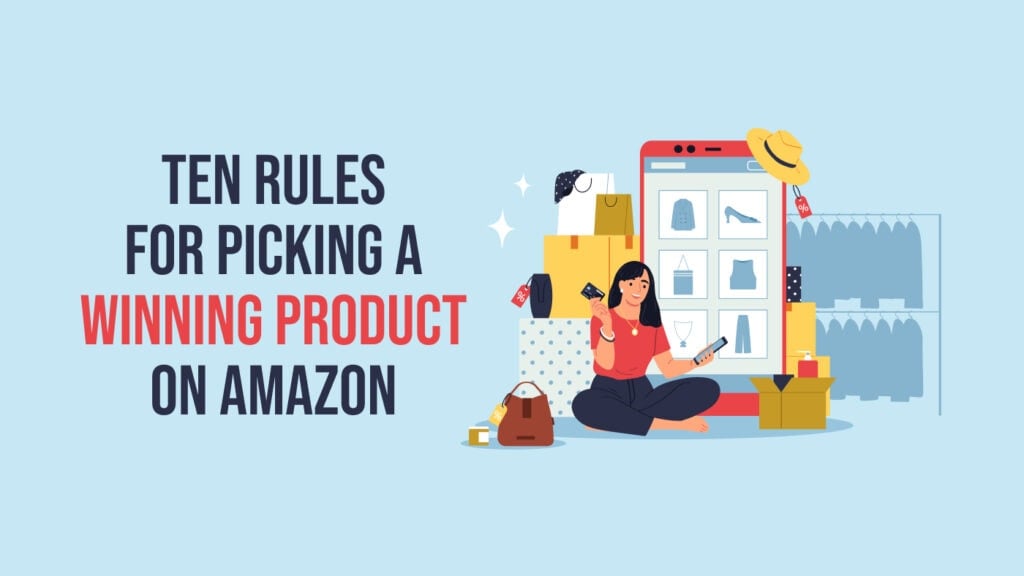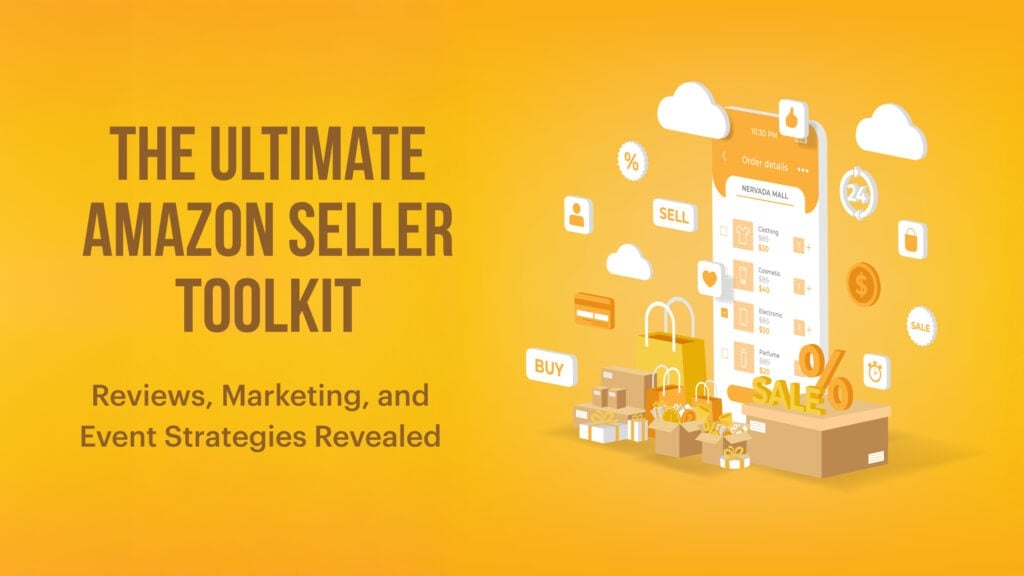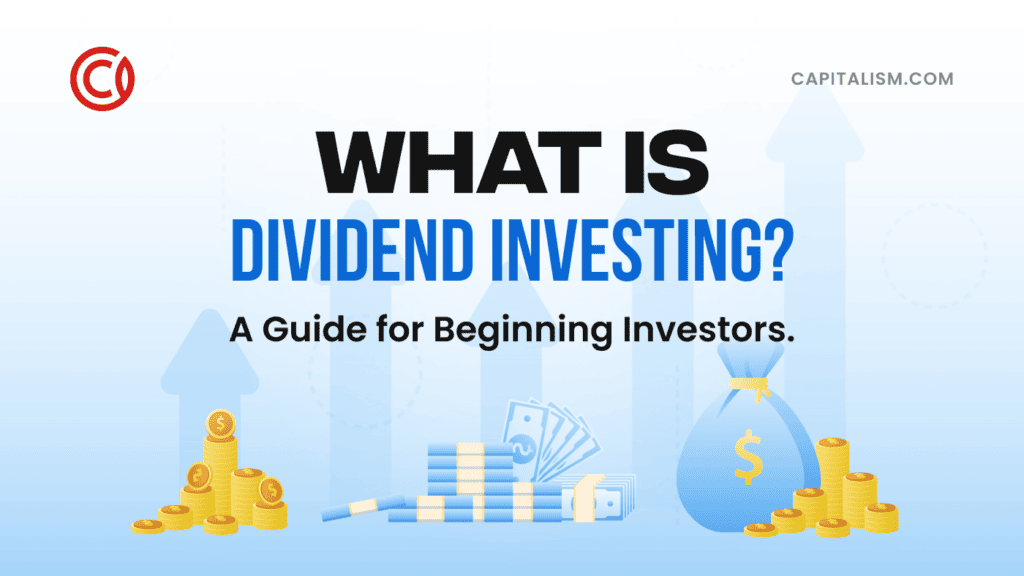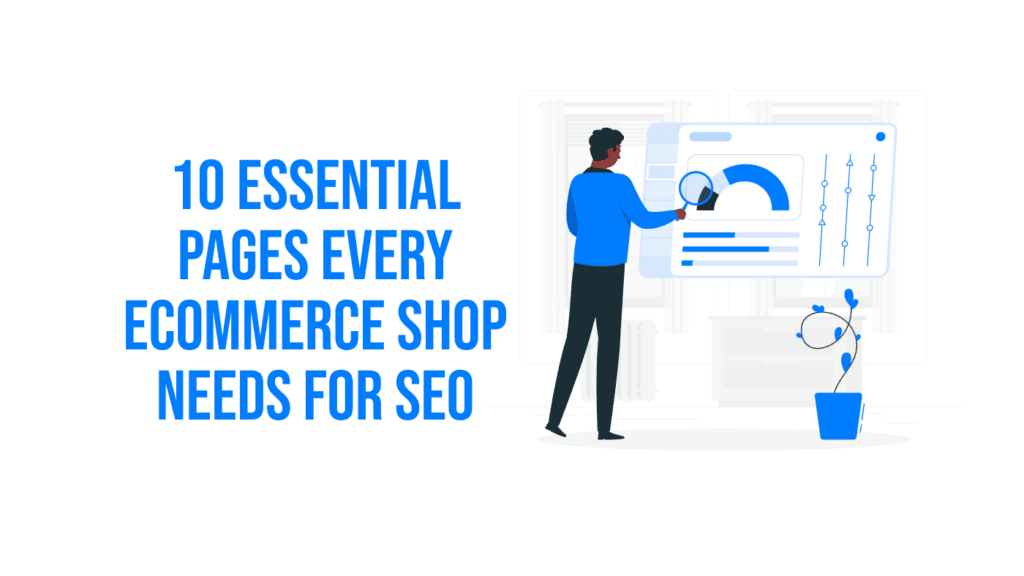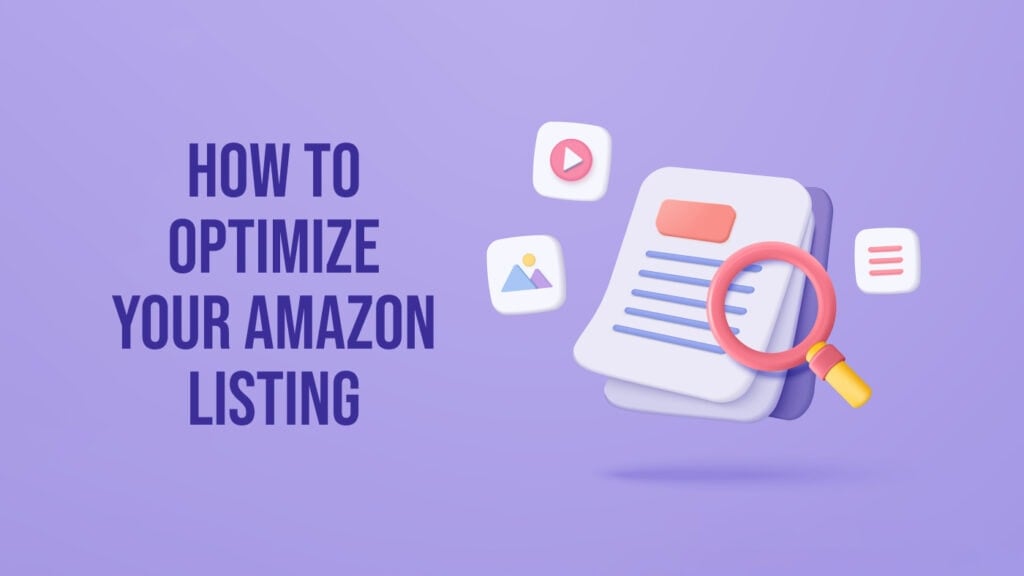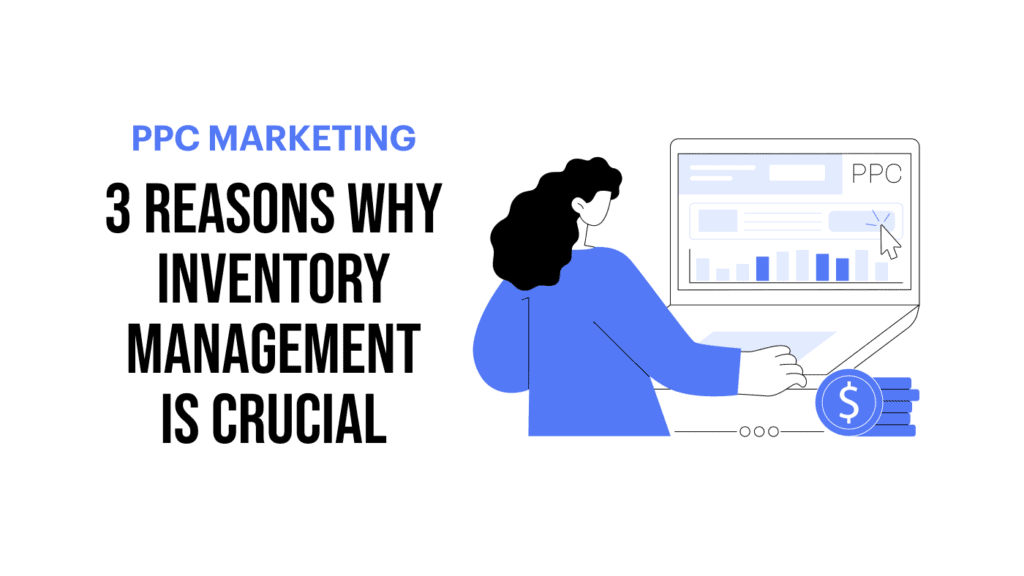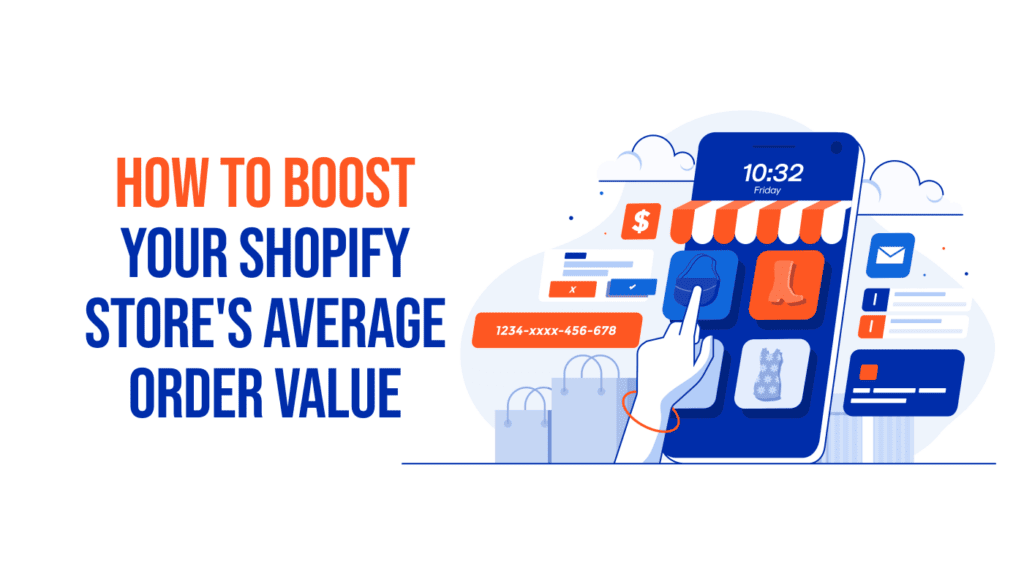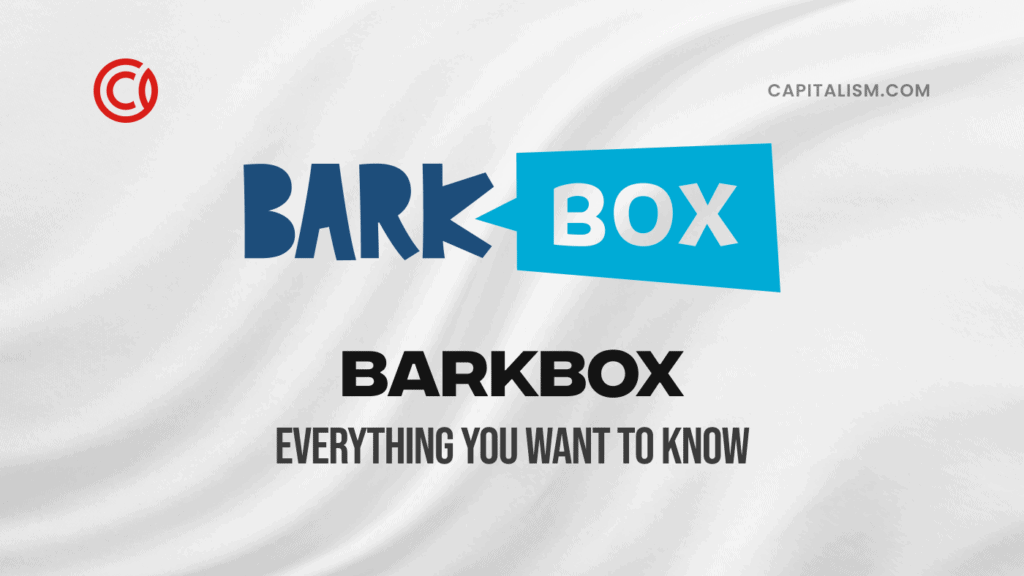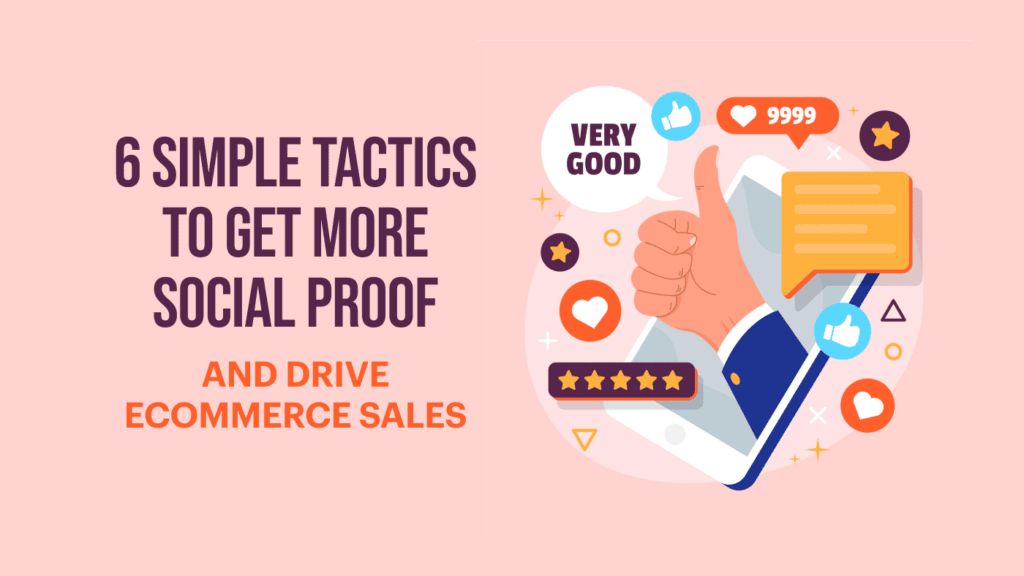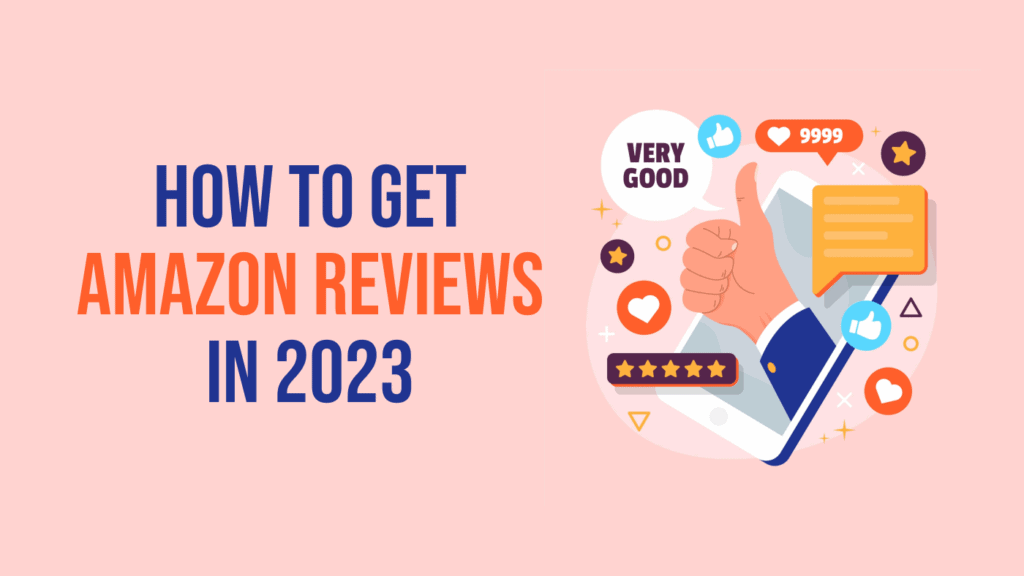Here at TurnKey Product Management, we have facilitated tons of six-figure product launches on Amazon. Through our experience taking brands to the next level on the platform, we have refined a methodology for identifying winning products positioned for exponential sales velocity out the gate.
In this comprehensive guide, we will walk through the 10 key rules we use to pick guaranteed successes - as well as the critical backend processes required to set your brand up for victory.
The Importance of Category Viability Analysis
One of the first steps our team takes is conducting an in-depth category analysis across the platform. To select a category with room for new player growth, we ensure:
1. The #1 seller completes over $100k per month in sales - This validates market demand exists at a scale players can tap into. Lower sales indicate more limited customer interest which is challenging for new launches.
2. The #10 seller still hits over $30k per month - While less than the #1 player, this shows shoppers are still spreading spend across brands in the given category. Lower than this and category purchase concentration trends unfavorably and it may be challenging to scale in this category.
3. The #10 brand has under 500 reviews - High reviews signify established brands with years of customer loyalty momentum. Under 500 reviews point to a fresh expansion space for the taking before competitors monopolize.
When categories pass these three guiding metrics, we know ample possibility exists to win customers and get a chunk of the demand in the category.
How We Validate Category Potential
Validating category opportunity requires pulling back the curtain on actual Amazon app performance data. At TurnKey, we leverage powerful data tools like:
Jungle Scout
- Jungle Scout supplies actionable intelligence across products and niches. We use it to size up category sales, drill into competitor analytics, and pinpoint expansion gaps. Their Chrome extension delivers instant app insights while browsing potential targets.
- After identifying a promising niche, we deploy Jungle Scout to showcase estimated sales for the top products within that category. The Chrome extension supplies monthly/yearly revenue on every product page - painting visibility into category earning potential.
Helium10
- For granular keyword tracking, Helium10 offers unmatched intelligence. We analyze search volume metrics to gauge product demand and areas where competitors are missing the mark on content optimization.
- We use Helium10 primarily for keyword research to confirm the demand for the product and also start to plan for how we will compete in the given space and category.
Manual Assessment
- While software delivers invaluable data, our team still manually verifies assumptions. We search products, analyze reviews, and explore alternative competitor angles no algo can provide.
- Vetting through a human lens allows noticing subtle Opportunities - like branding deficiencies across incumbents opening the door for premium positioning. Or recent reviewer feedback evidencing an unmet consumer pain point ready for innovation. Through layered data and manual verification, we gain 360-degree confidence around niche viability before investing extensive capital into product development and launch.

Rules for Assessing Product Viability
Once category green lights materialize, we progress to evaluating specific product opportunities. Beyond scoping broader external demand, key questions emerge around distinguishing factors and value propositions:
How will our version stand out from the pack to win consumer dollars and loyalty?
When assessing products, core guidelines we strategically apply include:
4. Identifying Our Differentiator - Discovering one standout way to make our product fundamentally better proves essential - whether through functional enhancement, premium design, or a special addition to your product. Without tangible unique selling propositions, success quickly stagnates in the Amazon marketplace. We recommend you heavily invest in R&D and consumer testing until you uncover this difference-maker that will help you stand out in the crowd.

5. Dialing in the Price Point - Based on our experience at TurnKey, products ranging from $9.99 to $150 convert best on Amazon, appealing to upper-funnel browsers while remaining reasonably attainable for mid-tier purchasers to click the buy button. Unless competitive realities dictate otherwise, this is the sweet spot we aim for to ensure mainstream accessibility.
6. Evaluating Replenishment Models - Subscription consumable products like coffee, vitamins, or household goods that encourage reordering provide built-in revenue continuation once buyers make that initial purchase. Through features like Amazon subscribe and save - where discounted products arrive on recurring delivery - we maximize customer lifetime value and recurring spend for supported categories. Our team at TurnKey encourages you to always consider a repeat purchase product if possible because it has been shown to help with brand growth on Amazon.
7. Weighing Size and Shipping Limitations - For some products, sheer physical scale limits profitability over the long run after storage fees and rising shipping costs chip away at margins. If possible, we aim for lighter, smaller goods our supply chain can efficiently transport while maintaining strong per-unit economics. Large furniture or exercise equipment introduces the potential for excessive downstream expenses that threaten sustainability.
When products indicate green lights across these parameters in addition to overall category viability, we gain conviction around winning market positioning to enable aggressive launch success.
Rules for Building a Thriving Brand
Beyond tangible goods, building a thriving brand on Amazon encompasses crafting a vision around personality, expansion roadmap, and target consumer archetype - what does your brand represent, and who resonates most strongly with those values? Key considerations include:
8. Defining Your Brand Avatar - We guide clients to clearly envision who their most loyal customer base could be - demographic psychographics, interests, pain points, and emotional connections to forge. With this avatar etched, brand messaging and even product development cater directly to their preferences.
9. Expanding Your Catalog - One-hit wonder brands eventually plateau on Amazon. But companies that identify multi-synergistic products curated to the same shopper profile gain cross-selling momentum. After launch, we recommend mapping out 5+ complementary items for potential expansion under your brand’s umbrella.
10. Avoiding Commodities - Items like paper clips with wafer-thin margins and little differentiation leave minimal pricing flexibility or customer loyalty foundations. We instead encourage brands to identify value-added products easier to build community around.
Constructing these foundational pillars ahead of launch - etched into branding, content, and innovation roadmaps helps you not only have a successful product launch but a successful brand on and off Amazon.

Activating the Right Backend Processes
While picking the perfect product provides essential direction, holistic launch success hinges on doing the backend work to set your brand up for success. At TurnKey, we ensure every brand has the core components below installed ahead of launch:
- External Audience Priming - Through giveaways, influencer partnerships, and pre-launch landing pages, it is important to drive early external demand momentum necessary to catalyze rapid sales velocity out the gates. Too often brands appear one day devoid of awareness - crippling discoverability.
- Refined Brand Assets - From logo files to color palettes, font selection, and messaging frameworks, our team recommends that all brands have the necessary branding elements ready for launch execution reliance. Clear visual identity directly correlates to consumer-perceived legitimacy and recall.
- Compelling Content - Product detail copy, Amazon posts, A+ content - compelling storytelling content plays a disproportionate role in driving emotional connections and click-throughs. When TurnKey is setting up an Amazon listing or storefront our goal is to refine until clear unique selling propositions shine through.
- Channel Readiness - Beyond Amazon, social media and owned site presence enable scaling beyond a sole channel. All brands should have the necessary pillars ahead of launch for immediate cross-network amplification. Amazon sales matter - but multi-channel diversification matters more over the long run.
- Margin Validation - Through cost of goods estimates and profitability modeling, we validate 50%+ margin potential after subtracting Amazon fees, production pricing, storage and other COGs line items. Less than 50% margins enable little freedom to re-invest in growth.

Check this launch readiness framework against your current processes for any potential gaps worth addressing pre-launch!
The intricacies of navigating Amazon can overwhelm even the savviest entrepreneurs. But by picking the right product catered directly to current platform opportunities and supported by the necessary operational infrastructure, your brand can rapidly join the 7 figure club other sellers only dream of.
About TurnKey Product Management
Jeff and Jenna Lieber from TurnKey Product Management provided this article. TurnKey is an Amazon consulting company that sells over 8-figures in revenue for its clients each year. Whether you're just starting or are an Amazon expert, TurnKey can help take your sales to the next level. Visit TurnKey's website for free resources and training on how to scale to 8+ figures on Amazon. Plus, you can contact TurnKey there to help scale your business.
